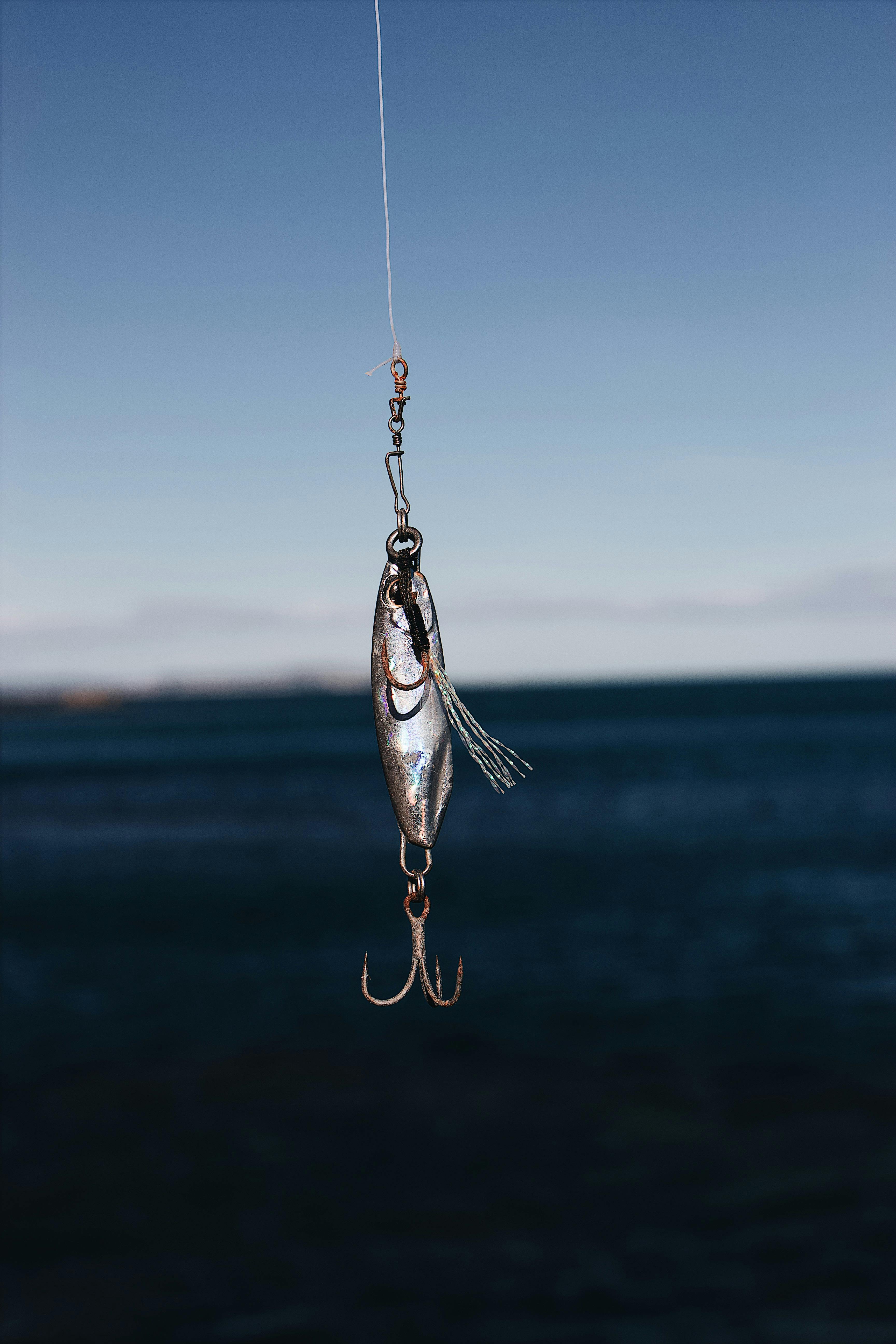
Trent Turk
In 2018, the North Carolina General Assembly passed a slate of amendments to the State Constitution.[1] Among these amendments was the creation of a State Constitutional right to hunt, fish, and harvest wildlife.[2] The amendment was ratified in 2018 by 57% of North Carolina voters.[3]
Now codified as N.C. CONST. Art. I. § 38, the provision reads:
“The right of the people to hunt, fish, and harvest wildlife is a valued part of the State’s heritage and shall be forever preserved for the public good. The people have a right, including the right to use traditional methods, to hunt, fish, and harvest wildlife, subject only to laws enacted by the General Assembly and rules adopted pursuant to authority granted by the General Assembly to (i) promote wildlife conservation and management and (ii) preserve the future of hunting and fishing. Public hunting and fishing shall be a preferred means of managing and controlling wildlife. Nothing herein shall be construed to modify any provision of law relating to trespass, property rights, or eminent domain.”[4]
On November 10th, 2020, a group of individuals spearheaded by the Coastal Conservation Association of North Carolina filed a lawsuit against the State of North Carolina, alleging that the State was “fail[ing] to satisfy its obligation” to protect the fish population of the State under the public-trust doctrine and the new constitutional right.[5] Specifically, the plaintiffs alleged that “the State has breached its duties under the public-trust doctrine by mismanaging North Carolina’s coastal fisheries resources, resulting in a decades-long, uninterrupted, dramatic decline in these resources overall, as well as a decline in the health of multiple, specific species and/or stocks of these fish.”[6] They further alleged, “The once vibrant public fishing for [popular fish species] in North Carolina’s coastal waters has all but vanished.”[7]
As stated in Fabrikant, “The public-trust doctrine is a common law principle providing that certain land associated with bodies of water is held in trust by the State for the benefit of the public.”[8] It is ancient in its origins but was first recognized in North Carolina in 1903.[9] “The public-trust doctrine… involves… public-trust lands which are lands and associated bodies of water that the State holds in trust for the benefit of the public; and Public-trust rights, which are those rights held in trust by the State for the use and benefit of the people of the State in common.”[10]
Plaintiffs’ essential argument was that the public-trust doctrine, as paired with the new amendment, “imposes a fiduciary duty on the State to manage and regulate the harvest of these fish in a way that protects the right of current and future generations of the public to use public waters to fish.”[11]
It took the State only a short time to respond to this complaint with a motion to dismiss.[12] The State claimed sovereign immunity from the suit, that the public-trust doctrine did not create an affirmative fiduciary duty on the State, that the public-trust doctrine did not create a cause of action because only the State has the power to enforce the doctrine, and that the State was not violating the constitutional rights of its citizens in regards to its regulation of the fisheries.[13]
The Wake County Superior Court denied this motion in its entirety, and the State immediately appealed from that order.[14]
The key decision the North Carolina Court of Appeals was tasked with making was whether or not the North Carolina constitutional right to hunt and fish places an affirmative constitutional duty on the State to preserve the fish population for the people of the State. The Court answered this question with a resounding and unanimous yes.[15]
Judge Hampson, writing for a unanimous Court, held, “The State contends the language of [N.C. CONST. Art. I. § 38] places no affirmative constitutional mandate on the State to preserve the right of the people to hunt, fish, and harvest wildlife for the public good. We disagree.”[16] Looking to the wording of the provision, the Court held, “[t]he plain meaning of… ‘shall be forever preserved’ places an affirmative duty on the State to protect the people’s right to fish.”[17]
The Court rejected wholesale the State’s contention that N.C. CONST. Art. I. § 38 means only that the State must liberally permit the public to engage in hunting and fishing activity.[18] Instead, the Court found that such a duty must exist because “the right to fish and harvest fish would be rendered meaningless without access to fish . . . Therefore, the State’s duty necessarily includes some concomitant duty to keep fisheries safe from injury, harm, or destruction for all time.”[19]
The Court also agreed with plaintiffs and held that “protecting fisheries falls within the purview of the public-trust doctrine . . . .”[20] The Court also held, as a matter of first impression, that claims under the public-trust doctrine are not barred by sovereign immunity.[21]
Because the plaintiffs were alleging colorable claims under the North Carolina Constitution and the public-trust doctrine, the Court held that none of the State’s claims to sovereign immunity had merit.[22] Since plaintiffs also alleged “facts, which if proven, may tend to show the State did not properly manage the fisheries so as to forever preserve the fish populations for the benefit of the public,” the motion to dismiss for failure to state a claim was also properly denied.[23]
Substantial questions still remain about the extent of the right to hunt and fish in North Carolina. The first being whether the holding will be disturbed in any way by the North Carolina Supreme Court. The decision also begs the question of what exactly the State’s duty looks like in practice and how it will be enforced in the future.
These questions will have to be answered in the near future. For now though, we are left with the powerful pronouncement that the State of North Carolina must keep our fisheries “safe from injury, harm, or destruction for all time.”[24]
[1] See Joel Luther, What Would The Six Constitutional Amendments On The NC Ballot Do?, DUKE TODAY (October 25, 2018), https://today.duke.edu/2018/10/what-would-six-constitutional-amendments-nc-ballot-do.
[2] N.C. CONST. Art. I. § 38.
[3] See North Carolina Election Results, N.Y. TIMES(May 15, 2019, 2:10 PM), https://www.nytimes.com/interactive/2018/11/06/us/elections/results-north-carolina-elections.html.
[4] N.C. CONST. Art. I. §. 38.
[5] Plaintiffs’ Complaint at 2-3, Coastal Conservation Ass’n v. North Carolina (N.C. Super. 2020) (20-CV-012925) 2020 WL 13032832.
[6] Id. at 6.
[7] Id. at 7.
[8] Fabrikant v. Currituck Cty., 174 N.C. App. 30, 41, 621 S.E.2d 19, 27 (NC. App. 2005).
[9] Shepard’s Point Land Co. v. Atl. Hotel, 132 N.C. 517, 528, 44 S.E. 39, 42 (N.C. 1903).
[10]Town of Nags Head v. Richardson, 260 N.C. App. 325, 334, 817 S.E.2d 874, 882 (N.C. App. 2018).
[11] Plaintiffs Complaint, supra note 5 at 109.
[12] Defendant’s Motion to Dismiss at 1, Coastal Conservation Ass’n v. State of North Carolina (N.C. Super. 2021) (20-CV-012925) 2021 WL 7161607.
[13] Defendant’s Brief in Support of its Motion to Dismiss at 1-2, Coastal Conservation Ass’n v. State of North Carolina (N.C. Super. 2021) (20-CV-012925) 2021 WL 7161607
[14] Coastal Conservation Ass’n v. State of North Carolina, No. 20-CVS-12925, 2021 WL 9405572, at 1 (N.C.Super. July 28, 2021).
[15] Coastal Conservation Ass’n v. State, 2022-NCCOA-589, ¶ 34.
[16] Id.
[17] Id. at ¶ 37.
[18] Id.
[19] Id.
[20] Id. at ¶ 18.
[21] Id.
[22] Id. at ¶ 21, 30, 40.
[23] Id. at ¶ 39.
[24] Id. at ¶ 37.
Photo by Maël BALLAND via Pexels

